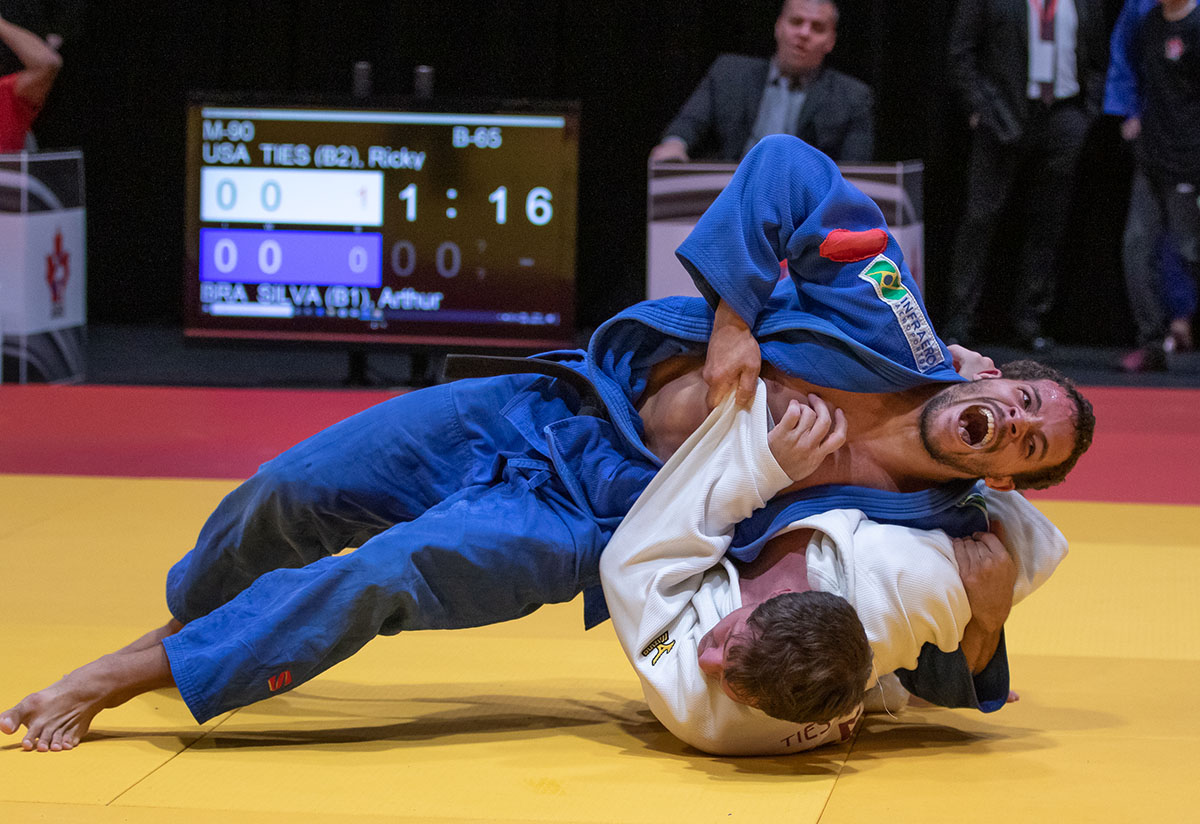Classification
Classification
Like all Paralympic sports and all other IBSA sports, athletes have to go through a process of classification to take part in IBSA Judo.
Classification is an assessment of a person’s ability and impairment. It helps to ensure that Para sports remain fair.
The first stage is to go through a series of tests to ensure that a judoka has an ‘eligible impairment’. This means that their disability effects their ability to compete in judo according to some minimum requirements.
The next step is for an athlete to be given a ‘sport class’ according to the results of tests and medical evidence that they provide to classifiers.
Information for athletes and teams Information for current or trainee classifiers

All judoka have to be classified under the current system at their first sanctioned competition, and may also be required to be classified again at a later date depending on their condition.
Judo sport classes
J1 – An athlete’s vision impairment must result in a visual acuity of less than
or equal to LogMAR 2.6 in binocular vision.
J2 – The athlete’s visual acuity must be within a range between LogMAR 1.3
and 2.5 with binocular vision, or with a binocular visual field of 60 degrees or
less in diameter.
